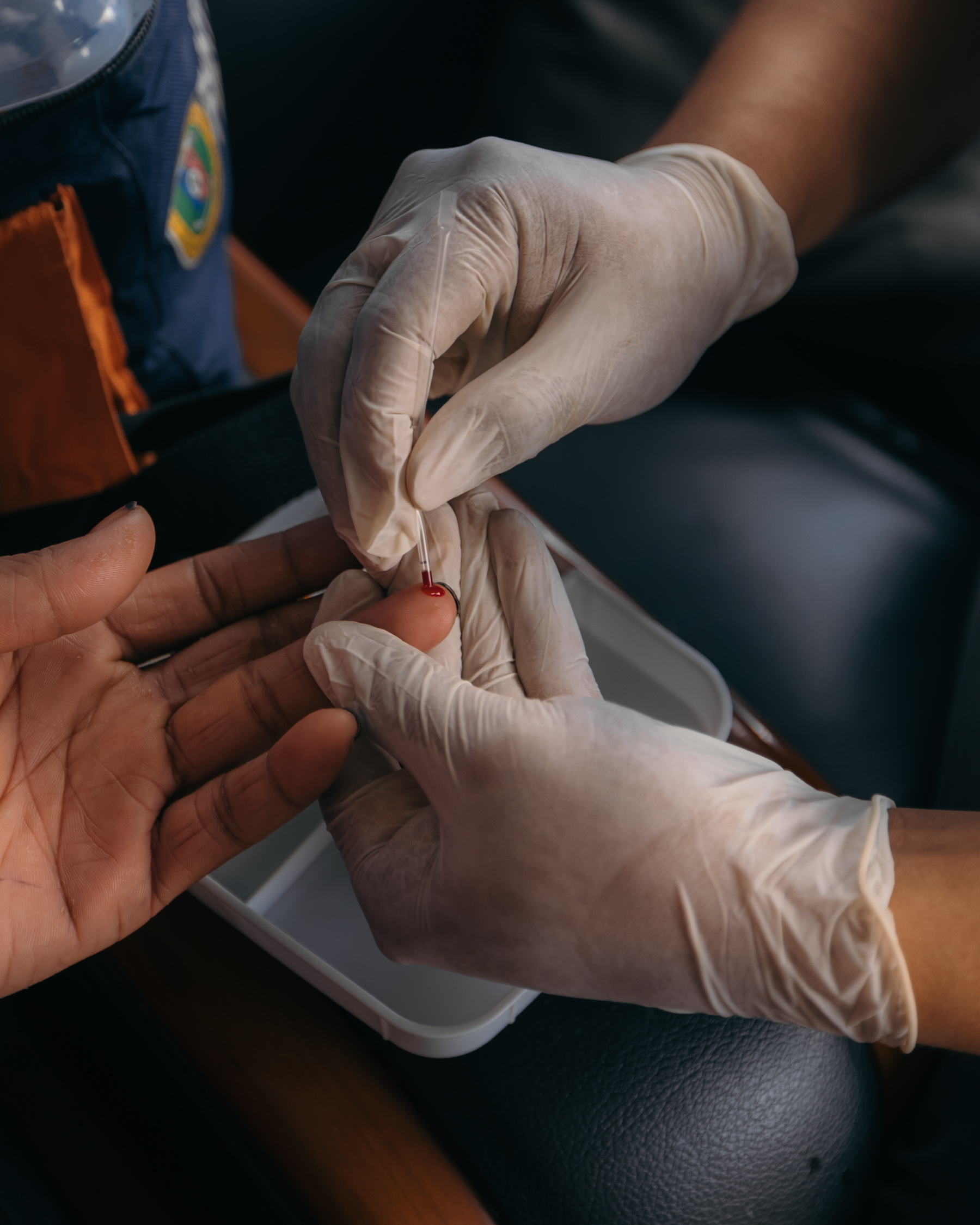By Cecil Behino
Standing in the Widening Gap of HIV
December 1, 2022

There is a call for a better HIV investment planning and development of HIV and LGBTQI anti-discrimination ordinance. Together, let’s make it happen.
The journey in fighting against HIV has become longer and more complicated than it used to be. The gap between the interventions and goals has become more expansive. Data from the Philippines’ Department of Health Epidemiology Bureau indicated that from January 1984 to September 2022, the Philippines had 105,794 reported HIV cases. Ninety-four percent (99,715) were male, and six percent (6,068) were female. A leap from nine as the average number of people newly diagnosed with HIV per day in 2012 to 42 in 2022 is an alarming manifestation of the need to step up in HIV intervention.
The Forsaken Gap
A combination of health and non-health approaches is the most ideal way to attack the hidden and growing HIV case in the country. However, in most cases, non-health interventions, such as reducing the stigma and discrimination, improving HIV financing, and increasing HIV ordinances, are being left behind.
According to the Regional AIDS Spending Assessment in National Capital Region (NCR) conducted by UNDP in 2021, key populations (men who have sex with men, transgender women, people who inject drugs (PWID), and people who engage in transactional sex) are disproportionately impacted by HIV epidemic. However, key populations in NCR are consistently underfunded.1 In 2018-2020, HIV spending remained insufficiently targeted to people living with HIV (PLHIV) (28%) and most at-risk populations (17%), with much of the budget dedicated to general population programs (37%). However, while spending for PLHIV had increased, allocations for the general population also grew, perhaps at the expense of deductions for key populations. This trend may be attributed to the absence of or insufficient or outdated local instruments that could have given rise to specific mandates for the creation or implementation of programs and projects for PLHIVs or key populations consistent with prevailing national laws.
In the same way, the promotion of enabling environment in NCR is noted to be poorly funded and is said to be related again to the absence of, or insufficient, or outdated local instruments.
Consequently, the apportionment of funds in the region across different groups and contexts remained under dimensional, and the fund allocation doesn’t follow the complexity of RA 11166 or the Philippine HIV/AIDS Policy act.
Indeed, like a roaring lion ready to devour, the HIV epidemic remains one of the country’s health system challenges, and one of the reasons is the neglect of the non-health approach to HIV. This further widens the gap making the 95-95-95 HIV global goal harder to reach.

Our Stand
UNDP works on reducing inequalities and social exclusion that drive HIV and poor health, promoting effective and inclusive governance for health, and building resilient and sustainable systems for health. UNDP focuses on promoting laws, regulations and policies that help address HIV-related issues and protect the rights of key populations. It also supports sustainable financing of HIV and health responses and identifies and promotes the most impactful and efficient investment in the HIV and TB response. Through the Unified Budget, Results, and Accountability Framework (UBRAF), UNDP, together with UNAIDS and Prevo Design, developed the Massive Open Online Course (MOOC) for HIV, which consists of five modules. The following are the modules:
- Introduction to Local Investment Programming, Planning, and Budgeting for HIV
- Local HIV Budget Planning and Monitoring
- Local HIV/AIDS Ordinances
- LGBTQI Anti-discrimination ordinances; and
- Better Ally for LGBTQI
The MOOC for HIV is designed to empower the Local Government Units (LGU) by educating them to develop their own HIV local investment plans and draft HIV ordinances and contribute to the 95-95-95 global HIV target goals.
UNDP has been offering this training since 2018 in LGUs. As part of strengthening and sustaining the program, putting the modules in an online platform is anticipated to bring a more effective solution to governance.
As of this writing, UNDP implemented the MOOC in NCR, where 13 out of 17 LGUs participated, and it is currently being run in Regions III and IVA.
Globally, UNDP has supported transgender-led organizations to advance new gender identity laws and advocacy in Paraguay and Panama, and together with other partner agencies, launched the pre-exposure prophylaxis initiative in Pakistan. Moreover, UNDP partnered with United States President’s Emergency Plan for AIDS Relief (PEPFAR) to counter discriminatory laws that impede the access of ley population to HIV services.
The arrows of the Future
With the MOOC being institutionalized in the Local Government Academy (LGA), all LGUs nationwide can now access the modules. UNDP is promoting the course to all LGUs in an attempt to stand in the gap as we envision a more intelligent HIV investment plan for every LGU and an increased number of LGBTQI anti-discrimination and HIV local ordinances to keep the fight on the advantageous side.
Together with different health interventions, the non-health approach is expected to bring impact so that the Philippines will one day be healthier, safer, more inclusive, and more conducive to living.
UNDP stands in the gap. No matter how wide it is, we can make a difference together.
_________________________
1 UNDP Regional AIDS Spending Assessment in NCR, unpublished
2 UNDP Regional Commitments and Policy Instrument in NCR, unpublished

 Locations
Locations



